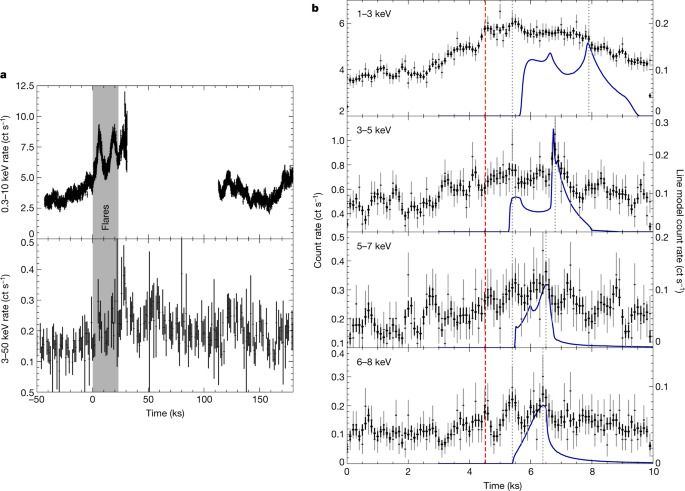New influenza virus vaccines tested in humans elicit broadly cross-reactive antibodies that bind the stalk of the viral hemagglutinin protein and may serve as templates to design a universal influenza vaccine.


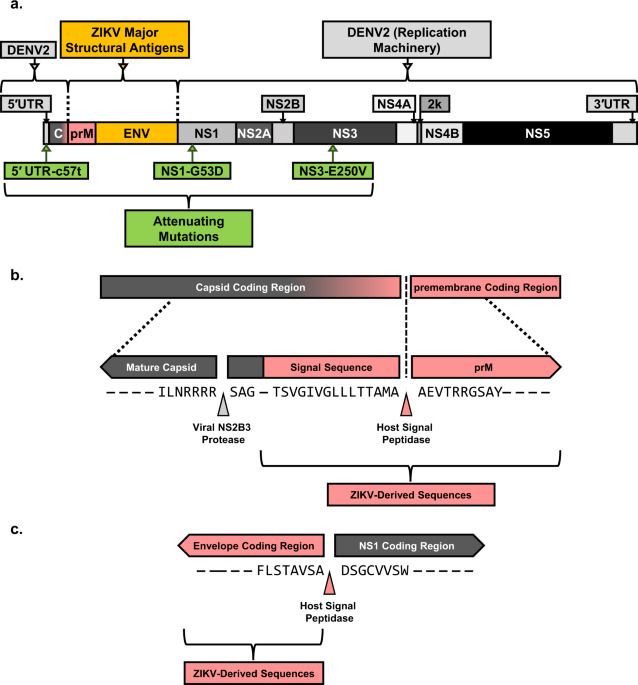
The mosquito-borne Zika virus is an emerging pathogen from the Flavivirus genus for which there are no approved antivirals or vaccines. Using the clinically validated PDK-53 dengue virus vaccine strain as a backbone, we created a chimeric dengue/Zika virus, VacDZ, as a live attenuated vaccine candidate against Zika virus. VacDZ demonstrates key markers of attenuation: small plaque phenotype, temperature sensitivity, attenuation of neurovirulence in suckling mice, and attenuation of pathogenicity in interferon deficient adult AG129 mice. VacDZ may be administered as a traditional live virus vaccine, or as a DNA-launched vaccine that produces live VacDZ in vivo after delivery. Both vaccine formulations induce a protective immune response against Zika virus in AG129 mice, which includes neutralising antibodies and a strong Th1 response.
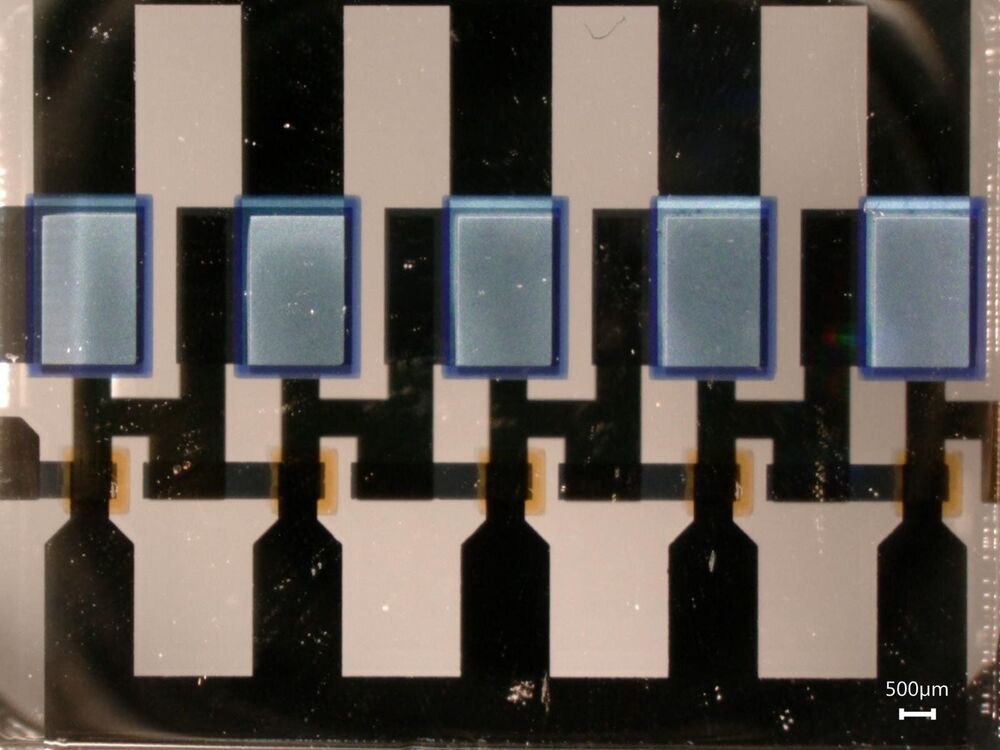
Physicists of the Technische Universität Dresden introduce the first implementation of a complementary vertical organic transistor technology, which is able to operate at low voltage, with adjustable inverter properties, and a fall and rise time demonstrated in inverter and ring-oscillator circuits of less than 10 nanoseconds, respectively. With this new technology they are just a stone’s throw away from the commercialization of efficient, flexible and printable electronics of the future. Their groundbreaking findings are published in the renowned journal Nature Electronics.
Poor performance is still impeding the commercialization of flexible and printable electronics. Hence, the development of low-voltage, high-gain, and high-frequency complementary circuits is seen as one of the most important targets of research. High-frequency logic circuits, such as inverter circuits and oscillators with low power consumption and fast response time, are the essential building blocks for large-area, low power-consumption, flexible and printable electronics of the future. The research group “Organic Devices and Systems” (ODS) at the Institute of Applied Physics (IAP) at TU Dresden headed by Dr. Hans Kleemann is working on the development of novel organic materials and devices for high performance, flexible and possibly even biocompatible electronics and optoelectronics. Increasing the performance of organic circuits is one of the key challenges in their research. It was only some month ago, when Ph.D.

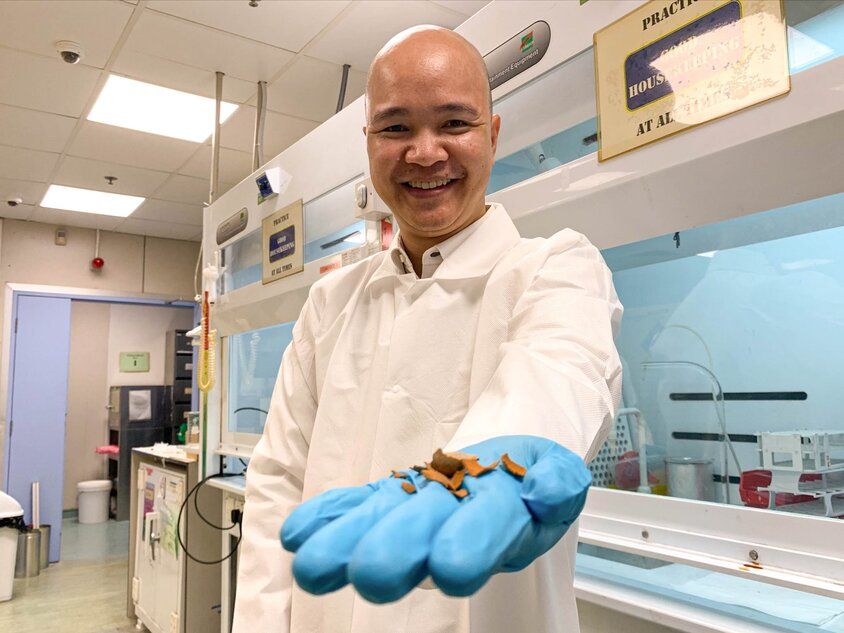
Shells of tamarind, a tropical fruit consumed worldwide, are discarded during food production. As they are bulky, tamarind shells take up a considerable amount of space in landfills where they are disposed as agricultural waste.
However, a team of international scientists led by Nanyang Technological University, Singapore (NTU Singapore) has found a way to deal with the problem. By processing the tamarind shells which are rich in carbon, the scientists converted the waste material into carbon nanosheets, which are a key component of supercapacitors — energy storage devices that are used in automobiles, buses, electric vehicles, trains, and elevators.
The study reflects NTU’s commitment to address humanity’s grand challenges on sustainability as part of its 2025 strategic plan, which seeks to accelerate the translation of research discoveries into innovations that mitigate our impact on the environment.

The landmass that was swallowed by a tsunami more than 8200 years ago is called Doggerland, and now a team of archaeologists inspecting the area along the Dutch coastline has gathered enough data to piece together what Doggerland looked it.
According to a report from The Guardian, more than 200 objects from Doggerland were discovered by archaeologists, and those objects included things such as a deer bone that had an arrowhead embedded in it, fossils, mammoth molars, and a skull fragment from a young Neanderthal.
Dr. Sasja van der Vaart-Verschoof, assistant curator of at the National Museum of Antiquities prehistory department in Leiden said, “We have a wonderful community of amateur archaeologists who almost daily walk these beaches and look for the fossils and artefacts, and we work with them to analyse and study them.”

Physicists at the National Institute of Standards and Technology (NIST) have linked together, or “entangled,” the mechanical motion and electronic properties of a tiny blue crystal, giving it a quantum edge in measuring electric fields with record sensitivity that may enhance understanding of the universe.
The quantum sensor consists of 150 beryllium ions (electrically charged atoms) confined in a magnetic field, so they self-arrange into a flat 2D crystal just 200 millionths of a meter in diameter. Quantum sensors such as this have the potential to detect signals from dark matter — a mysterious substance that might turn out to be, among other theories, subatomic particles that interact with normal matter through a weak electromagnetic field. The presence of dark matter could cause the crystal to wiggle in telltale ways, revealed by collective changes among the crystal’s ions in one of their electronic properties, known as spin.
As described in the August 6, 2021, issue of Science, researchers can measure the vibrational excitation of the crystal — the flat plane moving up and down like the head of a drum — by monitoring changes in the collective spin. Measuring the spin indicates the extent of the vibrational excitation, referred to as displacement.
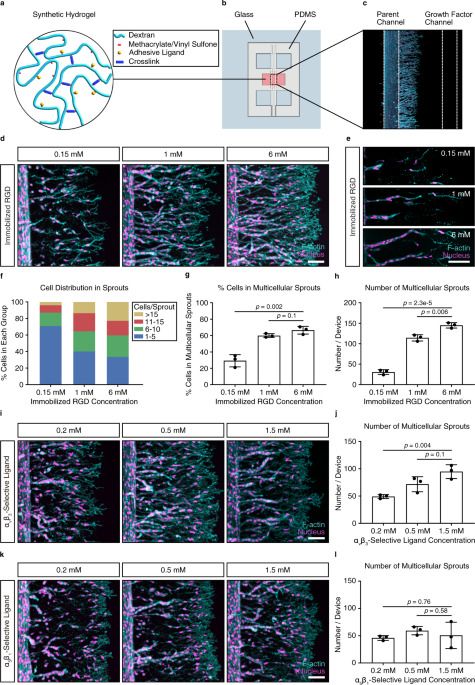
Current tissue engineering strategies lack materials that promote angiogenesis. Here the authors develop a microfluidic in vitro model in which chemokine-guided endothelial cell sprouting into a tunable hydrogel is followed by the formation of perfusable lumens to determine the material properties that regulate angiogenesis.
